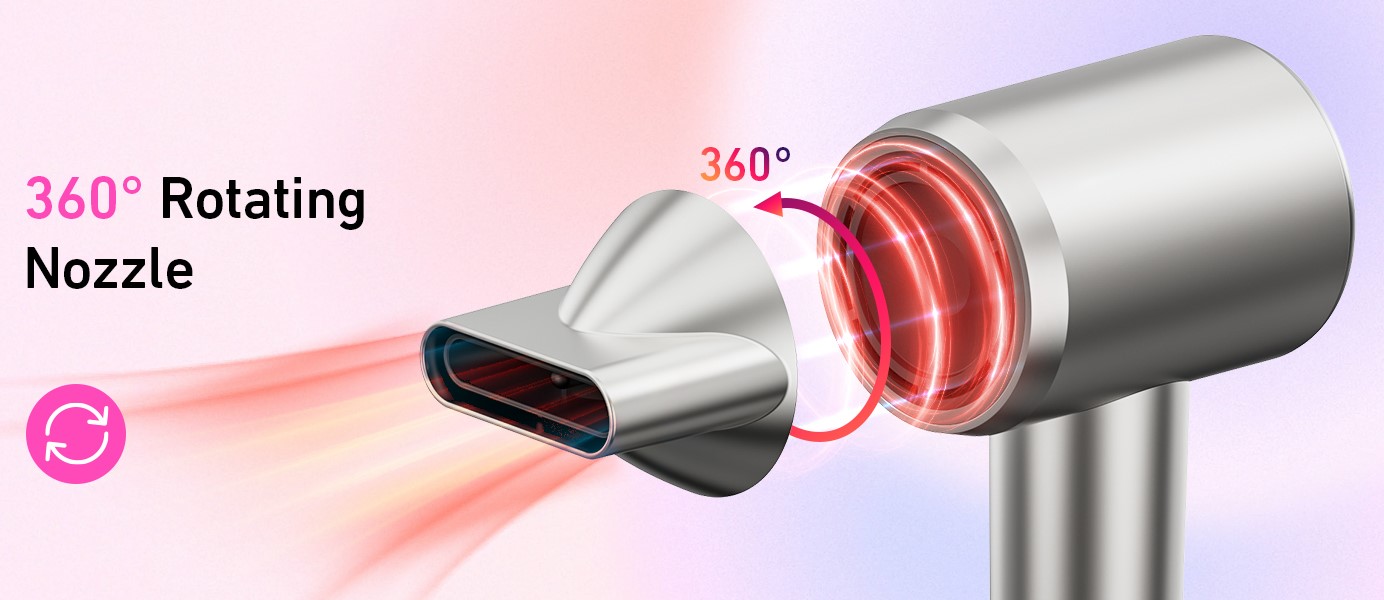
- Home
- Hair Dryer
- Ionic vs. Ceramic vs. Tourmaline Hair Dryers: Key Differences
Ionic vs. Ceramic vs. Tourmaline Hair Dryers: Key Differences
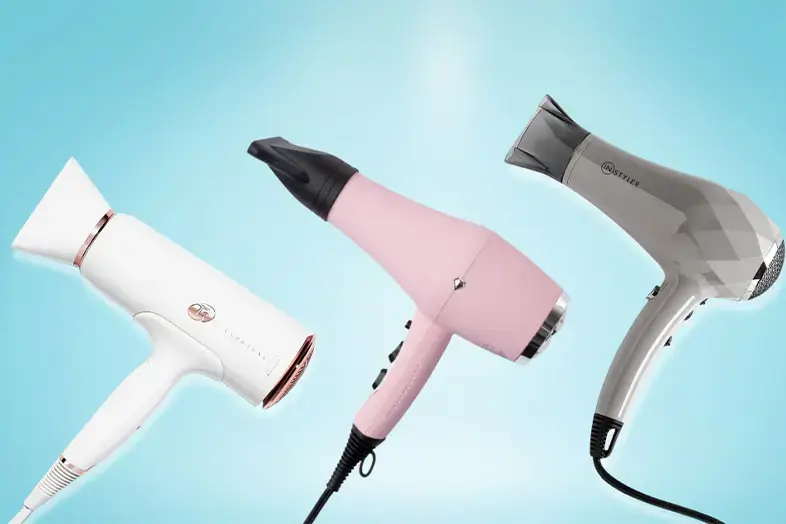
In this era, hair dryers are not just tools for drying hair; they are sophisticated devices enhancing hair health and styling processes. The evolution of hair dryer technology has led to the development of various types, each harnessing unique mechanisms to offer more than just a blast of hot air. This section will delve into the history and technological advancements of hair dryers, setting the stage for a deeper understanding of their types.
Choosing the right hair dryer goes beyond just price and brand. It’s about understanding how different technologies interact with your hair type. Whether you’re a professional stylist or an individual seeking the best at-home hair care, knowing the differences between ionic, ceramic, and tourmaline hair dryers can significantly impact hair health and styling efficiency. This part of the introduction will emphasize the importance of making an informed choice based on technology, not just trends.
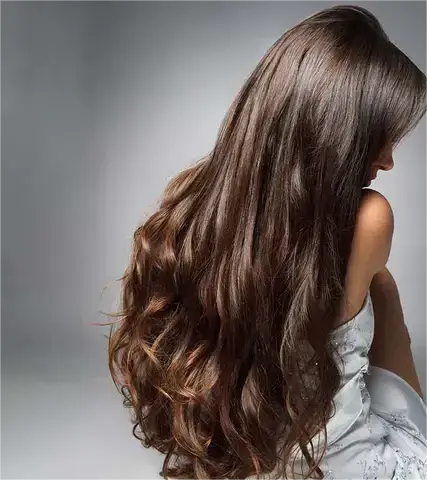
Chapter 1: Ionic Hair Dryers
What Are Ionic Hair Dryers?
Ionic hair dryers are a revolutionary invention in the world of hair care. They work by emitting negative ions which break down water molecules, allowing for faster drying. This section will explain the science behind ionic technology and its impact on the drying process.
Key Features and Benefits
Faster Drying Time: By breaking down water molecules, ionic hair dryers significantly reduce drying time.
Frizz Reduction: The negative ions smooth the hair cuticle, reducing frizz and static.
Hair Health: They minimize heat damage, helping to maintain the hair’s natural integrity and moisture.

Enhanced Shine: Ionic dryers can enhance hair’s natural shine, leaving it looking healthier.
Potential Drawbacks
Over-Drying: For thin or dry hair, ionic hair dryers can sometimes lead to over-drying.
Cost: They tend to be more expensive than traditional hair dryers.
Learning Curve: Users might need to adjust their drying technique to avoid flat, over-smoothed hair.
Ideal User Profile
Ideal for individuals with thick, frizzy, or difficult-to-dry hair. Not the best choice for very fine or thin hair due to the risk of over-drying.
Chapter 2: Ceramic Hair Dryers
Understanding Ceramic Hair Dryers
Ceramic hair dryers are known for their consistent heat distribution. This segment will explain how ceramic materials in these dryers contribute to even heating and reduce heat damage risks.

Advantages Over Other Types
Even Heat Distribution: Minimizes the risk of heat damage.
Versatile for Various Hair Types: Works well with most hair types due to its gentle heating.
Infrared Heat Technology: Penetrates the hair shaft, drying hair from the inside out for faster results.
Limitations
Less Effective on Very Thick or Coarse Hair: Might not be as efficient for extremely thick or coarse hair types.
Durability: Ceramic components can wear out faster than their metallic or tourmaline counterparts.
Who Should Use Ceramic Hair Dryers?
Great for everyday use and for those with normal to slightly thick hair. It’s particularly beneficial for people concerned about heat damage and hair health.
Chapter 3: Tourmaline Hair Dryers
Tourmaline Technology Explained
Tourmaline hair dryers are the luxury cars of the hair dryer world. This section will delve into what tourmaline is and how incorporating it into hair dryers enhances ionic and infrared heat technology, leading to more efficient and hair-friendly drying.
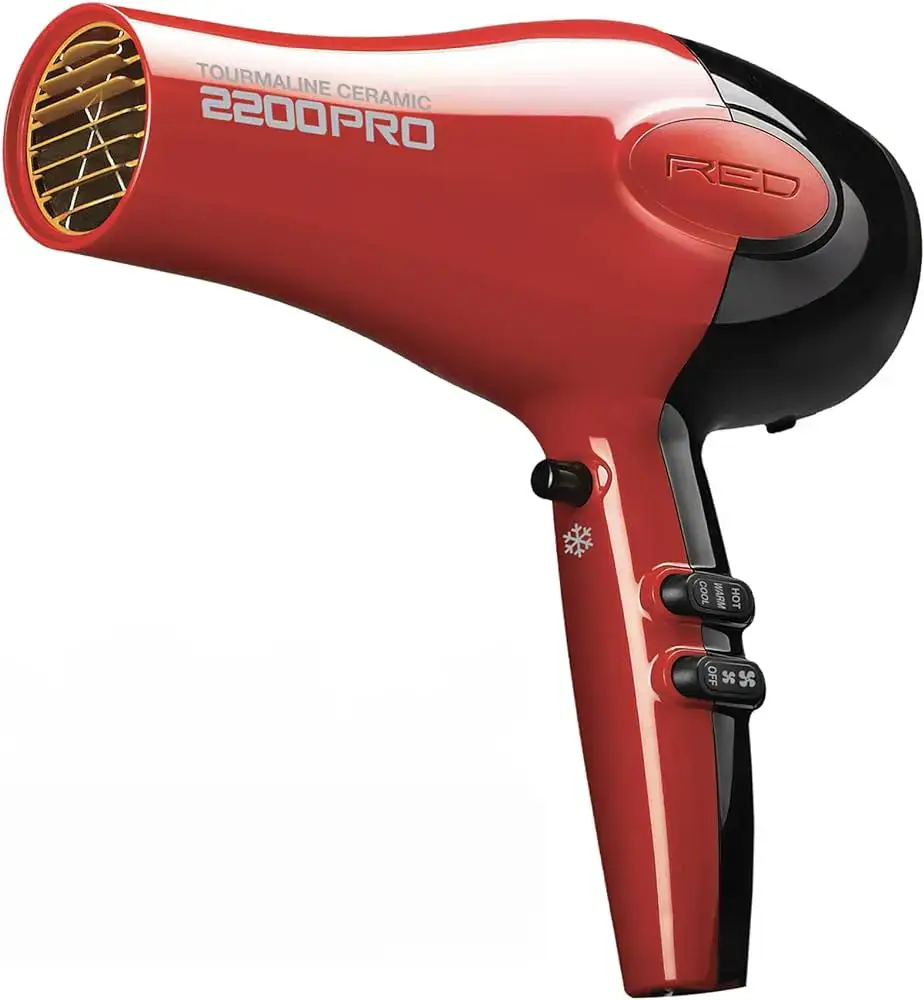
Unique Benefits
Enhanced Ionic Technology: Offers more intense ionic drying compared to standard ionic dryers.
Reduced Heat Exposure: Dries hair quickly, thus exposing hair to less heat.
Smooth, Shiny Finish: Produces a notably smooth and shiny finish, reducing frizz effectively.
Possible Downsides
Price: Typically the most expensive type of hair dryer.
Weight: Can be heavier than other types, leading to arm fatigue during styling.
Overwhelming for Fine Hair: The intense ionic effect can be too much for very fine or thin hair.
Best Suited For
Perfect for those with thick, curly, or frizzy hair who seek a fast drying time and a smooth, shiny finish. Less ideal for those with very fine or delicate hair.
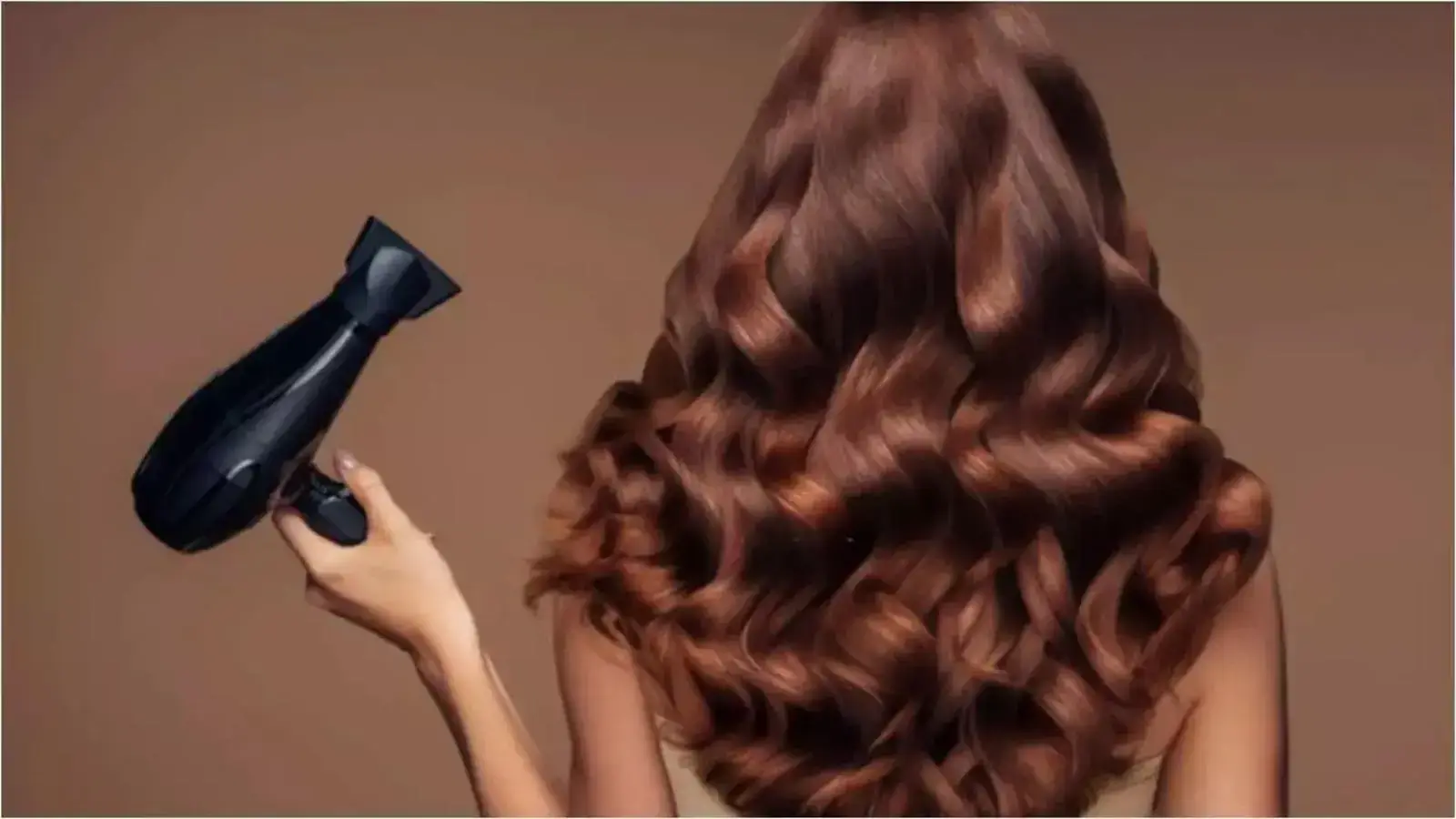
Comparative Analysis
Heat and Speed Options
Ionic Hair Dryers: Typically feature multiple heat and speed settings, offering versatility. The ionic technology allows for quicker drying with less heat, reducing hair damage.
Ceramic Hair Dryers: Known for their ability to distribute heat more evenly. This minimizes hot spots and is gentler on hair, making them suitable for regular use.
Tourmaline Hair Dryers: Often come with advanced heat and speed settings. The tourmaline increases the emission of negative ions and infrared heat, providing faster drying times and minimal heat exposure.
Impact on Different Hair Types
Ionic Dryers: Ideal for thick, frizzy hair as they help to smooth the hair cuticle and lock in moisture, reducing frizz.
Ceramic Dryers: Great for a wide range of hair types, particularly for those with dry or damaged hair due to their gentle heating.
Tourmaline Dryers: Excellent for fine or damaged hair, as they are gentle and reduce the risk of overheating and hair damage.
Durability and Price Comparison
Ionic Dryers: Can be more expensive, but their durability often justifies the price. Long-term investment.
Ceramic Dryers: Generally offer good durability at a moderate price, making them a cost-effective choice.
Tourmaline Dryers: Typically the most expensive due to the precious materials used, but they are highly durable and efficient.
User-Friendly Features
Ionic Dryers: Often come with features like cool shot buttons, multiple attachments, and customizable settings.
Ceramic Dryers: Usually lighter and ergonomically designed for comfortable use.
Tourmaline Dryers: May include features like ultra-light design, low noise operation, and extra accessories for styling versatility.

Personalized Recommendations
Choosing Based on Hair Type and Needs
For Thick or Frizzy Hair: An ionic dryer can significantly reduce drying time and tame frizz.
For Dry, Damaged, or Fine Hair: Ceramic dryers are ideal due to their gentle and even heat distribution.
For Fine or Fragile Hair: Tourmaline dryers are perfect, as they offer gentle drying and minimize heat damage.
Situational Suggestions
Home Use: Ceramic dryers are often sufficient for everyday use, providing a balance between efficiency and hair care.
Professional Salon Use: Ionic dryers are preferred for their speed and ability to handle various hair types effectively.
Travel: Compact and lightweight tourmaline dryers are ideal, offering high efficiency without taking up much luggage space.
Maintenance and Care Tips
Best Practices for Hair Dryer Longevity
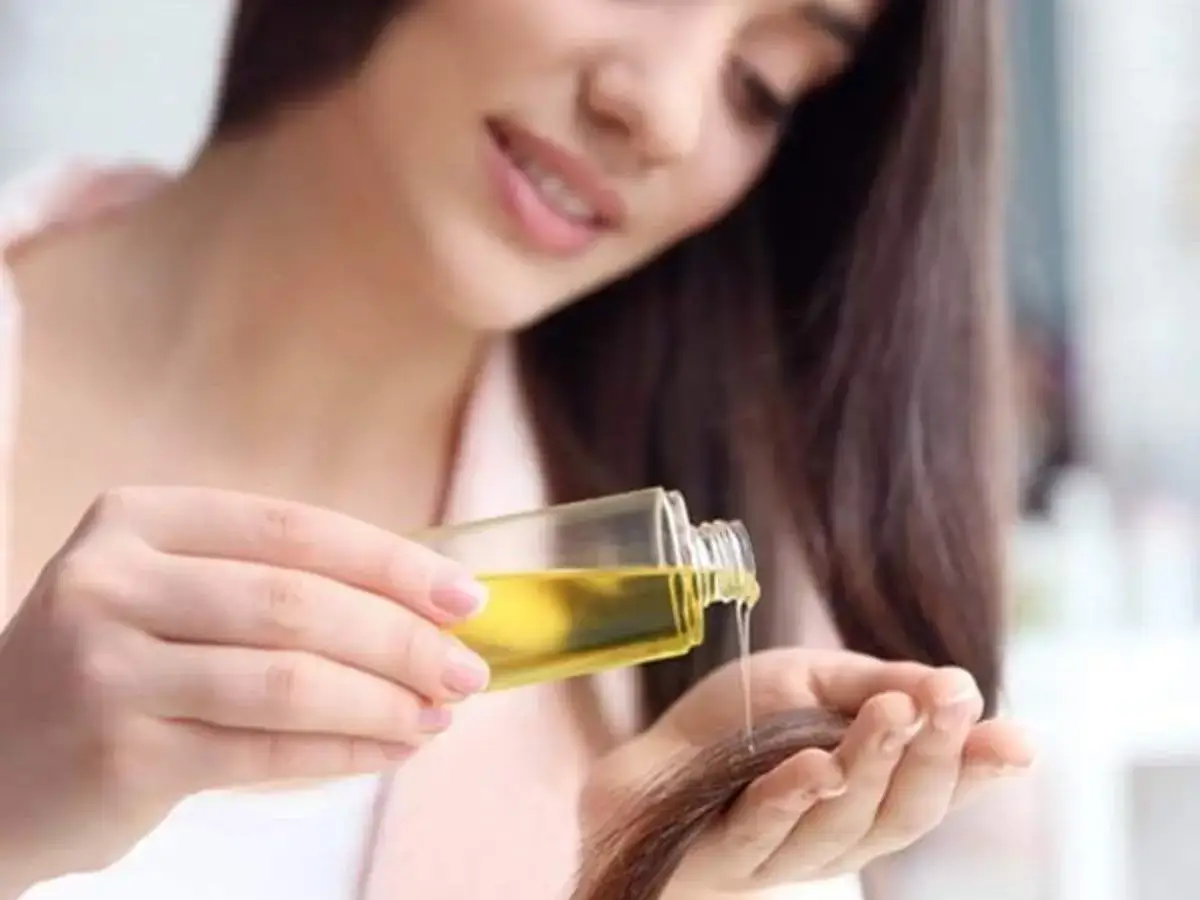
Regular Maintenance: Discuss the importance of regular maintenance to extend the life of hair dryers. This could include tips like removing lint and debris from the air intake, checking for any loose parts, and ensuring cords are not frayed or damaged.
Proper Usage: Emphasize how proper usage impacts the longevity of the hair dryer. For instance, using the right heat setting for the hair type, not overloading the motor by keeping it on for too long continuously, and using attachments correctly.
Avoiding Damage: Offer advice on avoiding common practices that could damage hair dryers, like dropping them, exposing them to water, or using them with a voltage converter when traveling.
Cleaning and Storage Advice
Cleaning Techniques: Provide a step-by-step guide on how to clean the different types of hair dryers. This might include cleaning the filter, wiping down the body, and gently cleaning the attachments.
Storage Solutions: Suggest optimal storage solutions to prevent damage. This could involve tips on wrapping the cord properly, storing in a dry place, and using a storage bag or holder to prevent physical damage.
Conclusion
Recap the main differences between Ionic, Ceramic, and Tourmaline hair dryers, highlighting their unique features, benefits, and potential drawbacks.
Restate the comparative analysis, emphasizing how each type of hair dryer suits different hair types and needs.
Provide a balanced view, acknowledging that the best choice depends on individual hair types, preferences, and specific needs. Encourage readers to assess their personal requirements before making a decision.
Mention any personal preferences or recommendations based on your experience or popular trends.
List any sources you referred to while compiling information for the blog. This could include scientific studies, expert opinions, or manufacturer specifications.
Suggest further reading for readers who wish to delve deeper into the subject. This could include links to hair care blogs, detailed reviews of specific hair dryer models, or scientific articles on hair health.
Popular Post

Ultimate Guide to Using a Hair Dryer with Nozzle for Styling
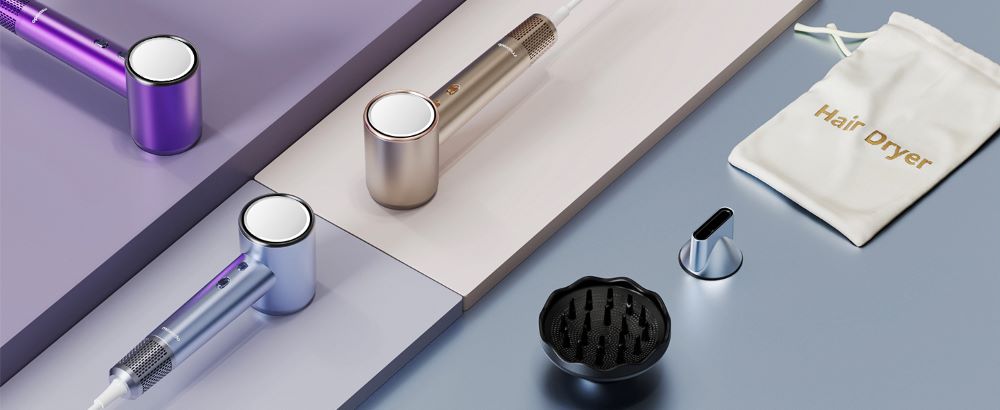
The Benefits of Using a Hair Dryer with a Diffuser




